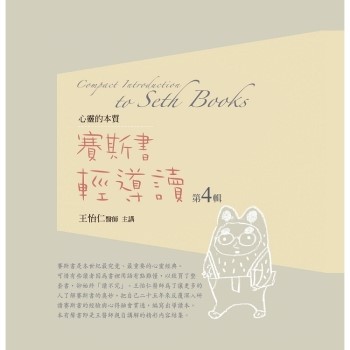Through home sewing, Sarah A. Gordon examines domestic labor, marketing practices, changing standards of femininity, and understandings of class, gender, and race from 1890 to 1930. As ready-made garments became increasingly available due to industrialization, many women, out of necessity or choice, continued to make their own clothing. In doing so, women used a customary female skill both as a means of supporting traditional ideas and as a tool of personal agency.
The shifting meanings of sewing formed a contested space in which businesses promoted sewing machines as tools for maintaining domestic harmony, women interpreted patterns to suit-or flout-definitions of appropriate appearances, and girls were taught to sew in ways that reflected beliefs about class, race, and region. Unlike studies of clothing that focus on changes in fashion, "Make it Yourself" looks at the social and cultural processes surrounding home production. Gordon examines sewing clothing as work, whether resented or enjoyed, and the function of that work for families and individuals from a range of backgrounds. Another unique element is Gordon’s use of an unusually wide variety of source materials, from diaries, photographs, and government pamphlets to tissue paper patterns, dresses, sewing workbooks, and paper dolls. This "hands on" approach, combined with an accessible writing style, connects the reader to the women and girls who are at the heart of her study. Altogether, "Make it Yourself" provides a new perspective on a widespread yet often neglected form of women’s work.| FindBook |
有 1 項符合
"make It Yourself": Home Sewing, Gender, and Culture, 1890-1930的圖書 |
 |
"make It Yourself": Home Sewing, Gender, and Culture, 1890-1930 作者:Gordon 出版社:Columbia University Press 出版日期:2009-01-05 語言:英文 規格:精裝 / 188頁 / 22.9 x 15.2 x 1.5 cm / 普通級 |
| 圖書館借閱 |
| 國家圖書館 | 全國圖書書目資訊網 | 國立公共資訊圖書館 | 電子書服務平台 | MetaCat 跨館整合查詢 |
| 臺北市立圖書館 | 新北市立圖書館 | 基隆市公共圖書館 | 桃園市立圖書館 | 新竹縣公共圖書館 |
| 苗栗縣立圖書館 | 臺中市立圖書館 | 彰化縣公共圖書館 | 南投縣文化局 | 雲林縣公共圖書館 |
| 嘉義縣圖書館 | 臺南市立圖書館 | 高雄市立圖書館 | 屏東縣公共圖書館 | 宜蘭縣公共圖書館 |
| 花蓮縣文化局 | 臺東縣文化處 |
|
|
圖書介紹 - 資料來源:博客來 評分:
圖書名稱:"make It Yourself": Home Sewing, Gender, and Culture, 1890-1930
內容簡介
作者簡介
Sarah A. Gordon received a Ph.D. in U.S. and women’s history from Rutgers University in 2004. Gordon has taught at Rutgers and at SUNY Purchase College, teaching courses in U.S, public, and women’s history, and has worked in a variety of public history contexts. She lives in New York City with her husband and daughter.
|










